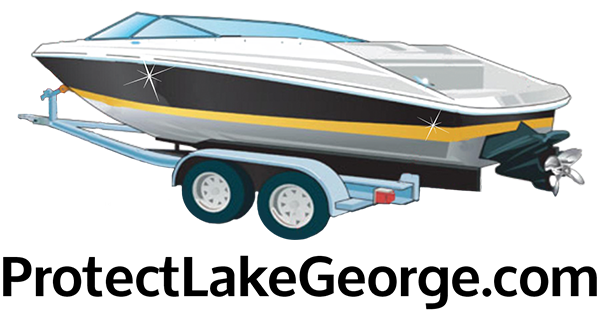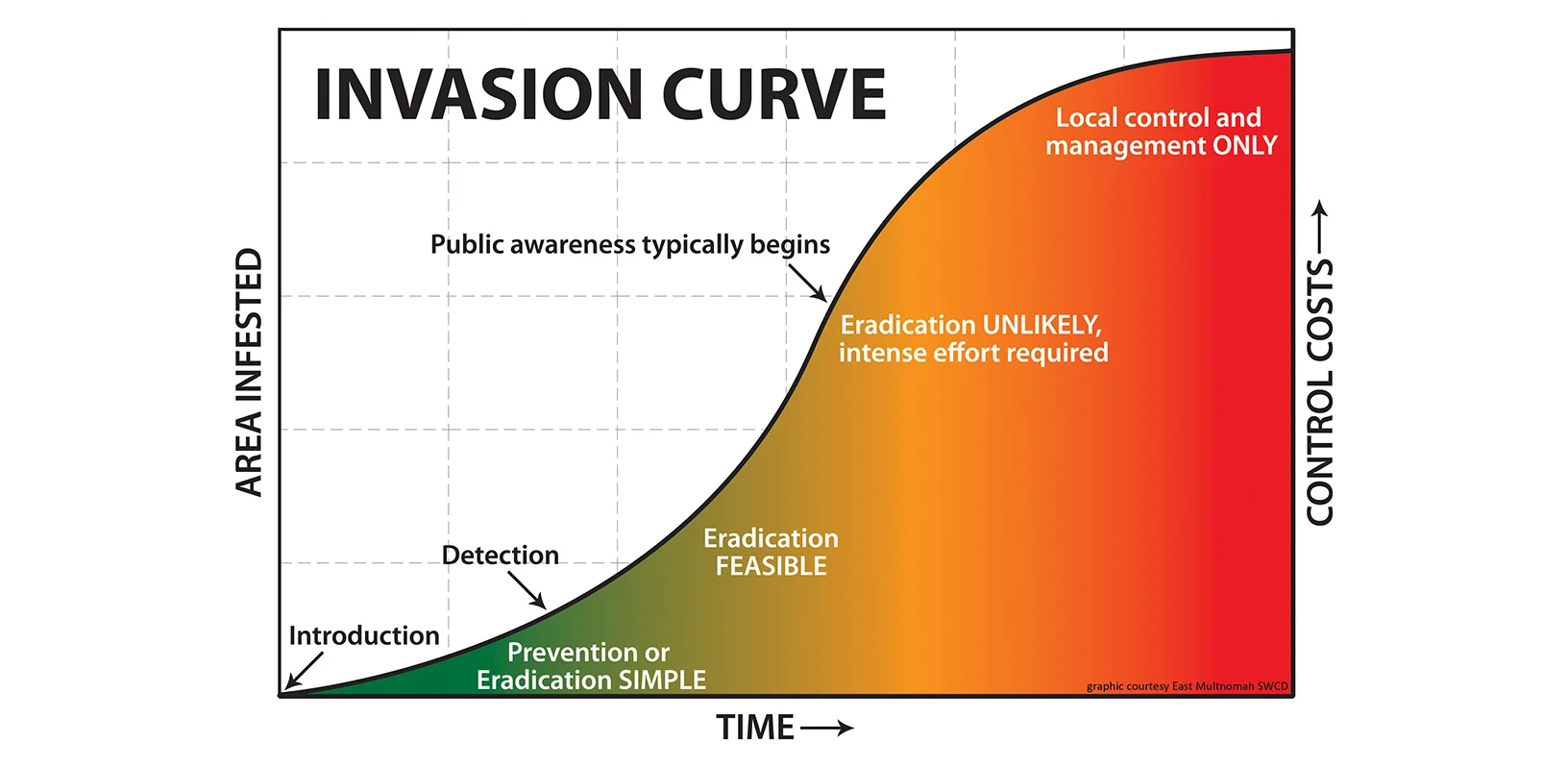Invasives 101
What is an invasive species?
Invasive species are plants, animals, and other organisms that either accidentally or intentionally are introduced from other places. Because Invasives are not native, they have no natural predators in the new environment and therefore can expand unchecked. In recent years, the rate and risks of invasive species introductions have increased due to human population growth, movement of people and materials, and environmental alteration.
Once established, invasive species negatively impact agriculture, industry, recreation, forestry, fisheries, human health, and the environment. As a threat to our biodiversity, they have been judged second only to habitat loss. Due to the lack of natural controls and high reproductive ability, invasives can quickly become widespread.
Damages and losses in the United States from invasive species have been estimated at $120 billion annually, $100 million of which were expenses for aquatic invasive plant control. Aquatic invasive species (AIS) threaten native plants, wildlife, and their habitat. They also affect humans by degrading boating and fishing areas and reducing lake shore property values and tourism.
Education & Spread Prevention are Key
Once an invasive species gets into a body of water, it is very hard to eradicate. If detected early and response is rapid, it can be possible, but very costly.
For more details on invasives and the threat, visit the LGA’s website.

